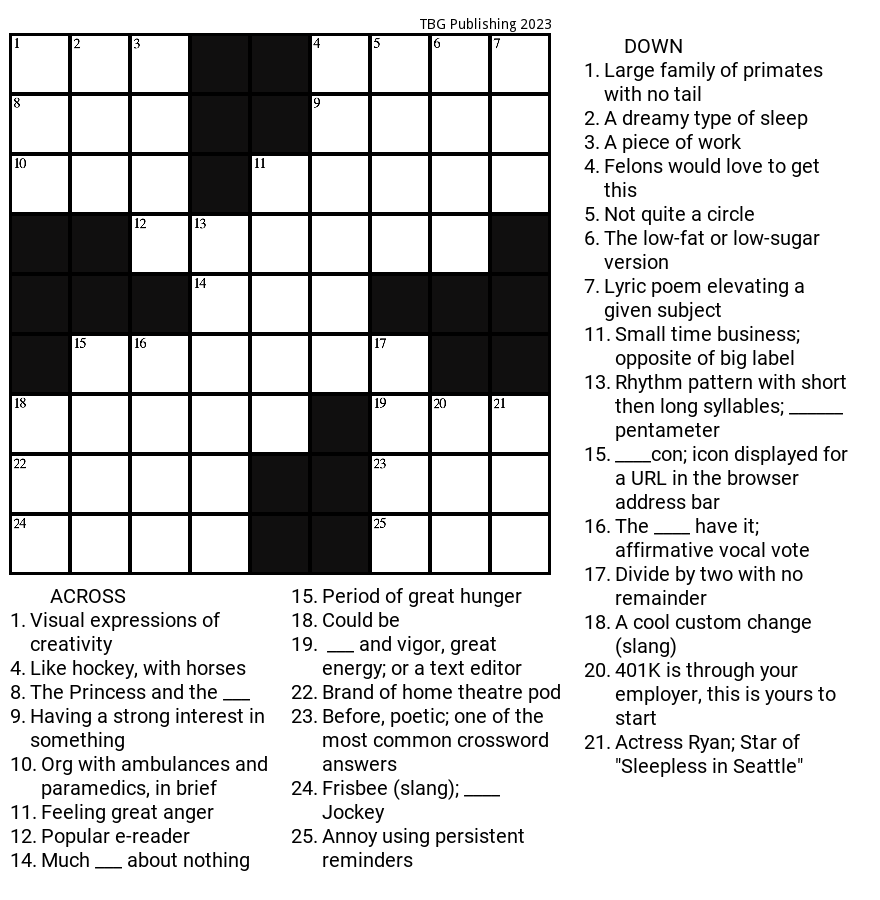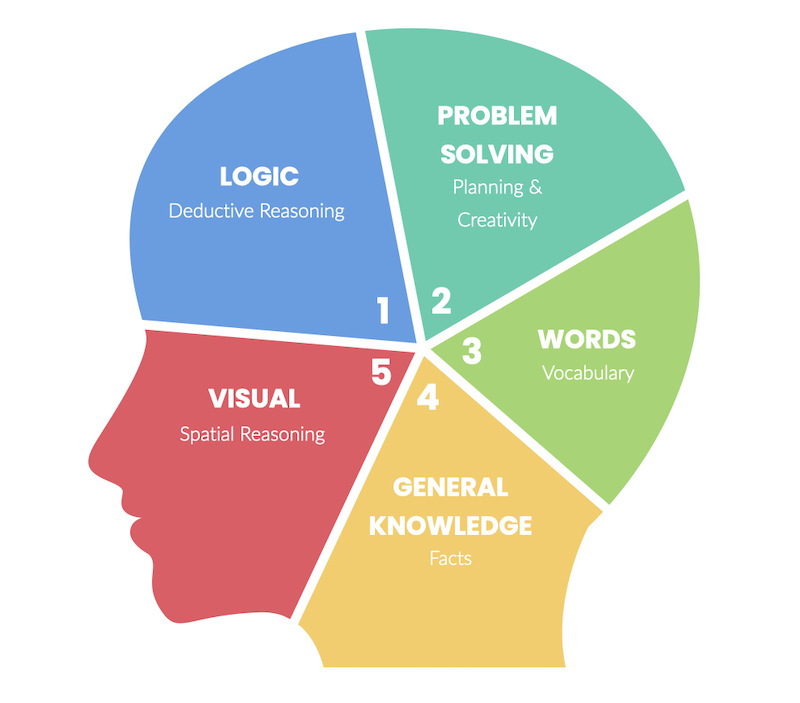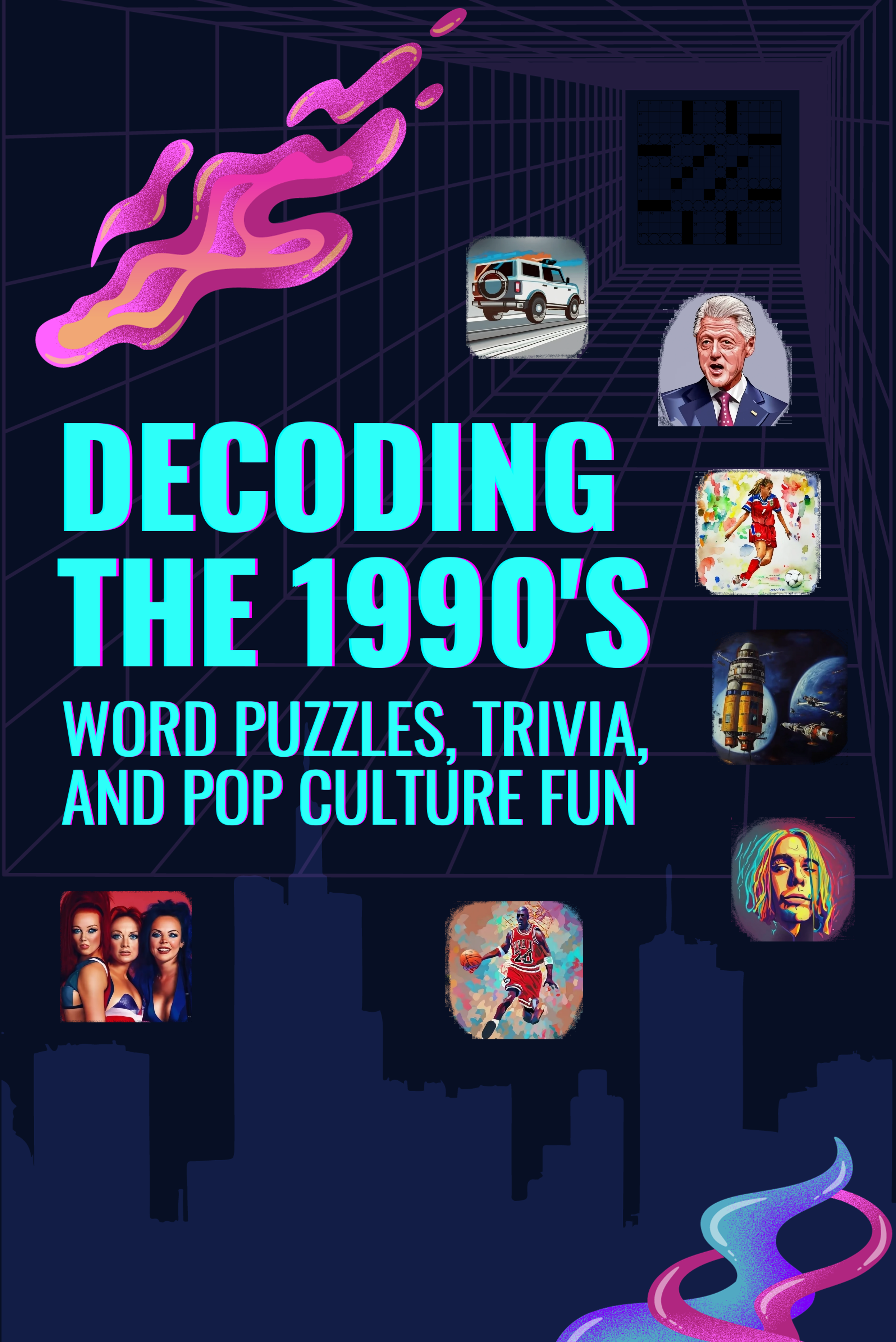
The surprising introduction of crossword puzzles as “a sinful waste of time”
Category: Puzzles
Tags: Problem Solving
The first "Word-Cross" puzzle appeared on December 21, 1913, in the New York World newspaper. Arthur Wynne, a journalist from Liverpool, created the puzzle.
It was only because of a typesetting error that they later removed the hyphen and the word order was reversed. The crossword puzzle as we know it was born. The puzzle was a fixture in the Sunday Fun section, and it grew quickly in popularity. Banners on the front page pointed the reader to the puzzle. It sold papers.
Yet, not everyone was a fan.
A “sinful waste” of time or intellectual challenge?
Significant criticism came from the paper’s competitors.
A New York Times editorial in 1924 called crosswords "a primitive form of mental exercise." Taking it one level further, they referred to them as a "sinful waste" of time. Ouch. They ended up being the last major metropolitan newspaper without a crossword.
It’s difficult to imagine their response now. Crosswords offered an intellectual challenge for the masses. The establishment reacted with fear to this populist movement. Even the New York Public Library was critical.
The library said crosswords were “the latest craze to strike libraries.” It was “the Library’s duty to protect its legitimate readers” from “the puzzle fans (that) swarm to the dictionaries and encyclopedias so as to drive away readers and students who need these books in their daily work.”
Want to challenge yourself with crosswords and have fun? How about Grunge, Glitter, and Girl Power?
Whether you were headbanging to Nirvana or belting out "Wannabe" with the Spice Girls,
this puzzle book has you covered.
Test your knowledge of '90s music sensations and relive the era of epic concerts and even more epic hairstyles.

And the Pulitzer prize goes to…
Joseph Pulitzer owned the New York World paper that started it all.
After his death, his family retained ownership until it ceased operations in 1931. The prestigious journalism awards handed out each year carry his name. He oversaw his paper during a time of tough competition.
The New York World was the first newspaper to introduce a color insert. People accused the paper of sensationalized journalism. Yet, they knew they were on to something.
The magic of puzzles was undeniable. People needed an escape from reality. The daily news can be as discouraging today as it was back then. Anywhere we sit with paper and pen immediately turns into a mini-vacation with a puzzle in hand.
A mini-escape from hard times
The New York Times editor at the time, Arthur Hays Sulzberger, appears to have been a crossword fan.
Yet, it wasn’t until 1942 that the paper finally ran its first puzzle. An internal memo explained the change in heart. It had only been a few months since the bombing of Pearl Harbor. The puzzle could “keep readers sane with the rest of the news so bleak [and] provide readers something to occupy time during coming blackout days.” Crosswords became a daily feature eight years later.
It took the New York Times 29 years to figure it out, but they finally did. They are now synonymous with puzzles. The Times Sunday puzzle is a fixture. More recently, they gave us the Wordle phenomenon.
Difficult times draw us to puzzles. Two high points in the sales of jigsaw puzzles were the Great Depression and the recent pandemic.
The true magic of puzzles
But what is the true magic of puzzles? Why do we enjoy them so much?
Not all puzzles are good. Some are downright frustrating. Others are boring and we put them aside after a minute or two.
Sometimes, a relaxing puzzle experience is what we need. We want the comfort of a stimulating but achievable activity. We can be fairly certain we will complete the puzzle. Other times, we crave the grand challenge of a difficult, unique puzzle.
A well-constructed puzzle balances the two ends of the spectrum. It lures us in with anticipation of that majestic sense of achievement at the end. The puzzle solver’s high is each “aha” moment along the way as we discover various aspects of the solution.
The final completion of a puzzle is often anti-climactic. The learning and discovery along the way provide the thrill.
Active relaxation
My favorite modal description of puzzle solving is active relaxation.
To say puzzles offer a mini-vacation is to say that they excuse you from the day-to-day pattern of life. The mental challenge of puzzles can be intense, but that is what draws us to them. Puzzles provide immense health benefits.
The brain is a muscle that needs exercise like any other. The best exercise takes our focus away from the exercise aspect itself.
Sports are a great example. When we play tennis, the focus is on strategy and shot-making more so than physical activity. If instead you run three miles but don’t enjoy running, you are likely to focus on running. The end of the run is foremost in your mind.
The goal is completion rather than the journey. Puzzles are the opposite. The enjoyment is getting to the finish line.
The puzzle skills pentagon
Most puzzles need a subset of skills to find the solution. The puzzle pentagon diagram at the top of this article shows common skill categories.

Crossword puzzles fit in the #3-#4 slot. You need a robust vocabulary and also specific knowledge related to the theme of the puzzle. Yet, not everyone enjoys that type of puzzle.
Some people are much more visually oriented. A good old-fashioned jigsaw puzzle suits them much better. There exists an extensive set of advanced visual puzzles that are fascinating. Visual puzzles exercise a distinct part of the brain.
Logic puzzles involve eliminating many potential solutions to arrive at the correct one. Other puzzles use creative problem-solving skills. Escape room puzzles use a combination of logic, planning, and problem-solving skills.
All these skills make up general intelligence. Yet, the crossword puzzle has played a unique role in this regard throughout history.
Crosswords, spies, and espionage
The Daily Telegraph, a British paper, invited 25 people to their offices in 1942 for a challenge. Their task was to complete a crossword as fast as they could. Four people claimed a prize by doing so within twelve minutes. The grand prize went to a gentleman who did it in under 8 minutes.
But that wasn’t the entire story. Government officials were observing the whole event.
The War Office sent letters to the winners about a "matter of national importance". They recruited them to be Allied code breakers. Each had the opportunity to work on the famous Enigma machine at Bletchley Park. All because of a crossword puzzle.
Crosswords have also played a role in cryptography. France banned crosswords in Paris during World War II. They were afraid the puzzles contained secret messages sent to an enemy.
Want to challenge yourself with crosswords and have fun? How about Grunge, Glitter, and Girl Power?
Whether you were headbanging to Nirvana or belting out "Wannabe" with the Spice Girls,
this puzzle book has you covered.
Test your knowledge of '90s music sensations and relive the era of epic concerts and even more epic hairstyles.

